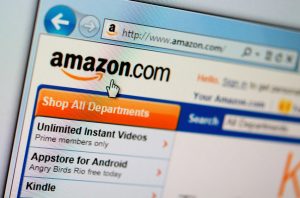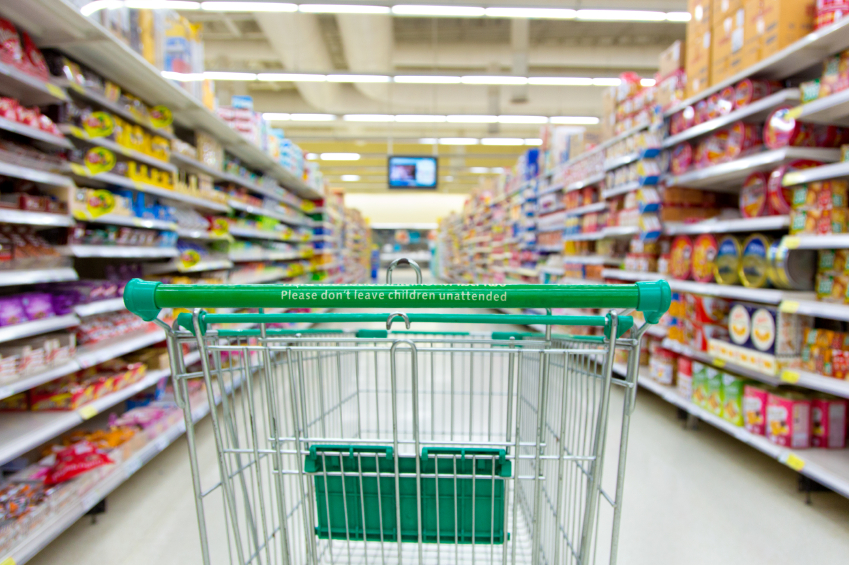 Automakers have not just sat back and watched Amazon utilize Same-Day Delivery for growth. Toyota, BMW and Fiat Chrysler have all jumped into same-day delivery and seeing all of the benefits operationally the higher level of service it brings with it.
Automakers have not just sat back and watched Amazon utilize Same-Day Delivery for growth. Toyota, BMW and Fiat Chrysler have all jumped into same-day delivery and seeing all of the benefits operationally the higher level of service it brings with it.
Customers know when they are getting the best from dealerships and same-day part deliveries is proving to be the revolutionary component that will optimize service repairs for car manufacturers in the years to come. This past August, Toyota rolled out same-day parts availability to its’ dealerships to meet real time demand for repairs. Faster part deliveries equated to quicker turnaround times from mechanics and better efficiency. Repair times is the dealership service area with the largest number of customer complaints. The better the service times a dealership provides, the better overall customer service reviews.
Auto News discussed in an article how although some manufacturers like Toyota are embracing same-day services’ short and long-term potential, some don’t feel the same way. German automaker Volkswagen is still not convinced that same-day delivery will benefit their business model. Anu Goel, Vice President of Parts and Logistics at Volkswagen Group of America, stated in the article, “If you’ve got dealers stocking the right parts in the first place, why do you need same-day service?”
Goel has a different philosophy for getting parts fast. His perspective is to simply ship parts faster and dealers to change what they are stocking. His solution is the part inventory itself will create a higher operational efficiency. To minimize costs, same-day delivery must have close-proximity warehousing; in respect to Volkswagen current seven distribution centers, the auto manufacturer would essentially have to add more of them in order for same-day delivery to work. Volkswagen does offer next-day part delivery and it appears to be what it presently needs. According to Goel, “We are good for now. With a 1 p.m.cutoff [for parts orders], we can make 7 a.m. to 8 a.m. delivery the next day. Seven buildings around the country allow us to meet that commitment.”
Toyota has been involved in part same-day delivery longer than BMW and Fiat-Chrysler have. However, they both appear to be making headway with their respective implementations. A Same-Day Courier like 1-800 Courier can partner with an auto manufacturer and pick up parts from distribution centers and local dealerships. The Seattle Courier can perform part exchanges between dealerships, which is another same-day solution that it has developed. Part distribution services is another same-day solution having the courier pick up all parts from a single location and distribute them to multiple dealerships in a given radius.
Car manufacturers like BMW and Fait Chrysler US being on board with same-day part deliveries, shows that it indeed is workable and at least worth testing. Either way, same-day delivery is shifting how we do business, establishing a level of speed and convenience that shows no signs of turning back. More and more businesses, retailers, shoppers, and automakers will all continue to make strides toward seeing how they can generate sales and improve processes with the innovation of same-day services.
Reference: 11.21.16, www.autonews.com, Jim Henry, VW’s Goel: Same-day delivery? Not yet





 A number of companies have a lot riding on all of their
A number of companies have a lot riding on all of their